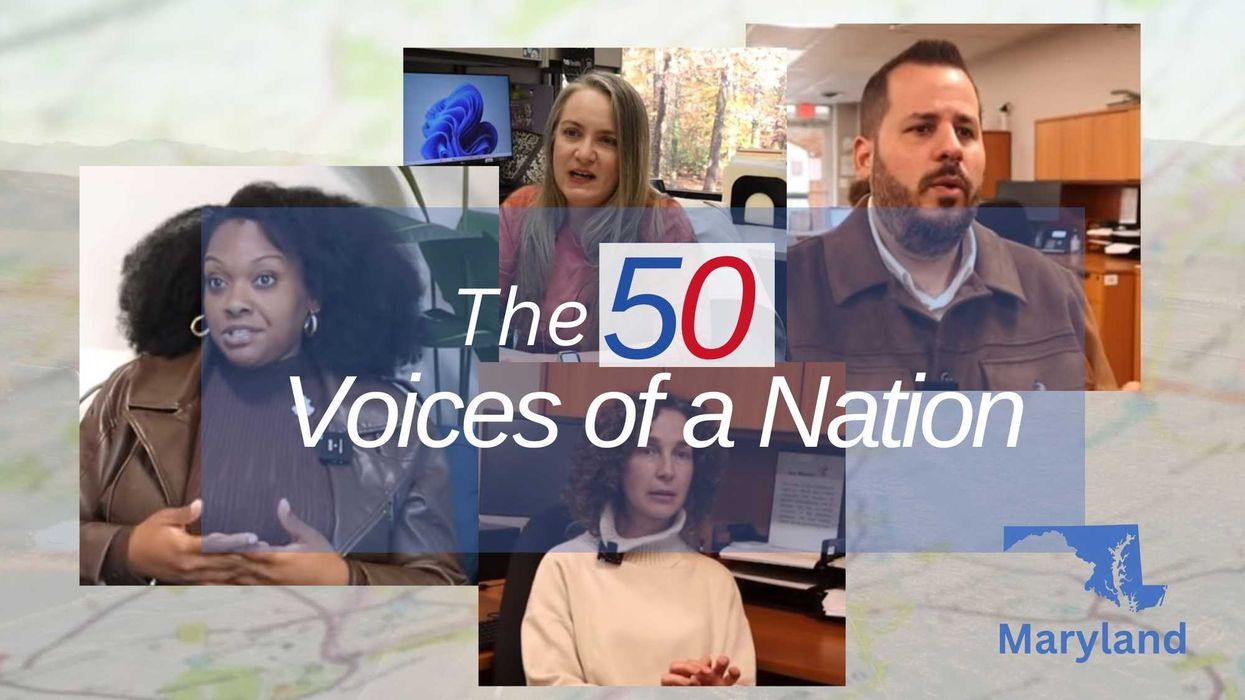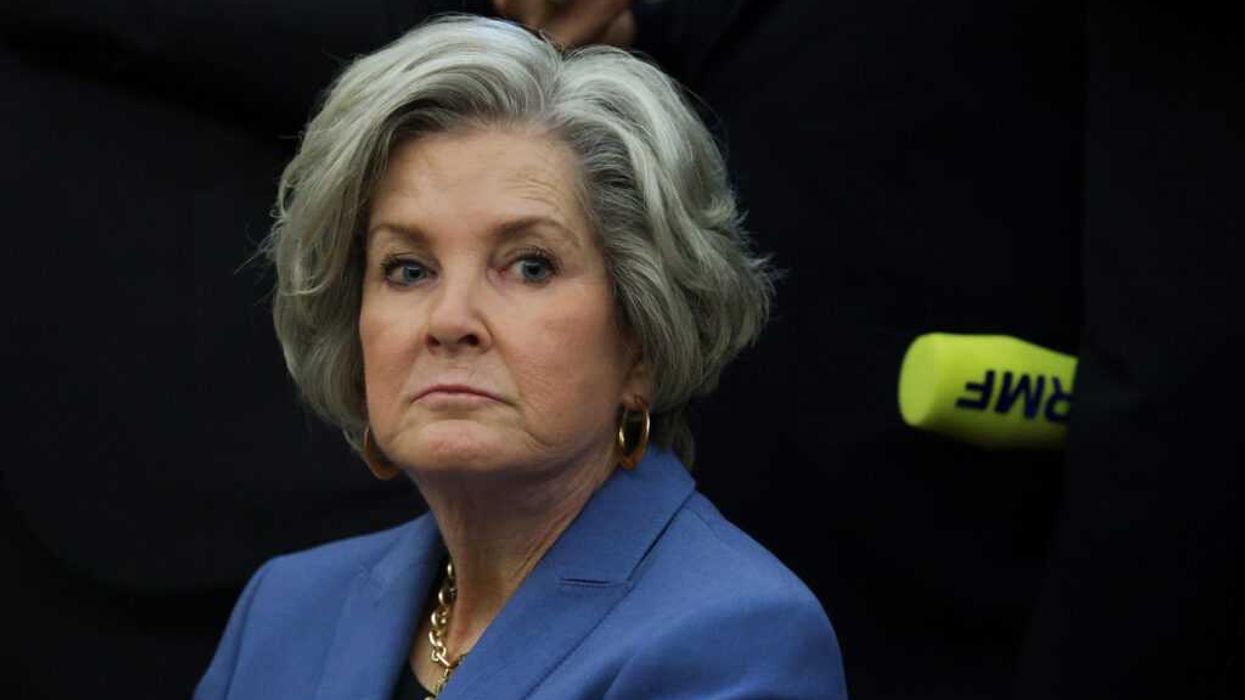Wright is a youth leader at NM CAFe.
Politicians often proclaim that “youth are the future,” but they don’t listen to our voices or consider our opinions when making policies that will shape the future. The reality, however, is we don’t need to wait for young people to become changemakers — we already are changemakers. We are actively shaping the world through activism, raising our voices and organizing — and it’s time for politicians to take us seriously.
As a young person, I know that we are already challenging the status quo and reshaping the organizing sphere. I have witnessed the success of including young people in organizing from a young age when, at 16, I started working on disability accessibility in my home state of New Mexico. This led to furthering policy that helped support students with dyslexia, which I also have. Organizing around disability accessibility led to the state funding more money for testing for youth with disabilities.
Including youth voices in organizing is essential to adapting our current landscape to the needs and aspirations of those entering the space — something often overlooked in discussions about necessary steps toward building an inclusive economy that centers working people and families and treats those people with dignity.
Organizers face many challenges, but I want to focus on solutions. Transformational change in organizing must begin with a genuine interest and commitment to creating a long-lasting impact. Increasing diversity within organizing is a crucial first step. This goes beyond checking boxes across race, faith or gender; it means building a bigger table that includes young people.
Gen Z is unapologetically authentic and consistently shows up for our communities. The necessity to adapt is an important quality that youth leaders bring to the ever-changing field of organizing. We are digital natives, adept at using technology to amplify our voices and connect with others globally. Being fluent in this rapidly changing landscape allows us to organize quickly, spread awareness and mobilize support in ways previous generations could only dream of.
Intergenerational organizing, like the program Faith in Action and NM CAFe are building through Rising Youth, provides a home for youth who are interested in creating social and political change but aren’t typically in communities that allow space for them to get fully engaged.
Youth organizing spaces shift the current sphere of thinking to focus on issues that have often gone overlooked and under-prioritized. By listening to and empowering young voices, we can change the narrative to one that represents future leaders.
Youth have become boisterous champions of environmental justice, gun reform, LGBTQ+ rights and racial equity. In New Mexico, youth led the successful effort to be part of building the world we want to see, through working on immigration reform, mental health initiatives and creating a national platform for youth to be connected and empowered through organizing
Young people are demanding their voices be heard and will mobilize to ensure the issues that matter most to them aren’t swept under the rug. Young voters' political and social opinions are pivotal in driving change in this country. We are becoming more civically engaged than the country has seen in the last few decades.
Elected officials and candidates are joining platforms like TikTok and X to reach young voters because they want to build a base of young supporters. However, we don’t just want to be reached through social media; we want to be included and have a voice in the issues that impact us daily.
It is crucial that we continue to support and amplify youth-led initiatives, ensuring that young leaders have the resources, platforms and opportunities that we need to succeed. This means investing in youth programs, fostering intergenerational collaboration and creating spaces where young voices are not only heard but valued. The future is shaped by our actions today, and with youth leading the charge, we can create a more just, inclusive and vibrant world for all.
By listening to and empowering young voices, we can create a better future now. Our generation is ready to lead, and the time for change is today, not in the distant future. It's time for society to recognize and embrace the potential of the next generation as the driving force for positive change.


















